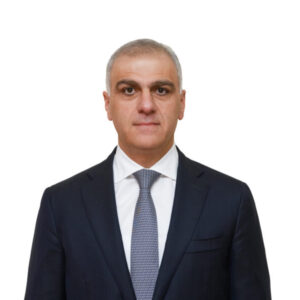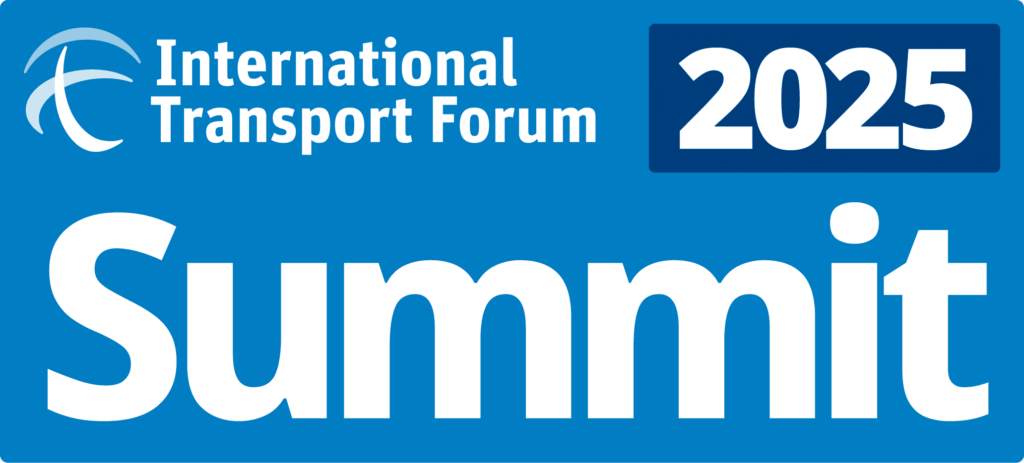Ministers’ Roundtable on Strategic Public Transport Funding: Delivering Sustainable and Equitable Mobility
Event Details
Public transport plays a major role in sustainable and equitable mobility. Governments are increasingly adopting sustainable urban mobility plans, which emphasise shifting from car-dependency towards public, shared and active transport.
Event Details
Public transport plays a major role in sustainable and equitable mobility. Governments are increasingly adopting sustainable urban mobility plans, which emphasise shifting from car-dependency towards public, shared and active transport. As well as helping achieve decarbonisation, such shifts can improve accessibility to jobs, education, health and social activities for those without access to, or use of, private motorised vehicles. They also aim to enhance urban environments by reducing congestion, noise and air pollution, reallocating urban road space to public transport, active mobility and alternative uses. In less dense areas, public transport will be integrated into a larger multi-modal transport ecosystem.
These objectives have fundamental implications for the future funding of public transport. Large and sustained increase in investment is required to ensure reliable, attractive public transport services. Investment and maintenance will be essential to achieve a major shift from private road transport to rail, tram and bus. However, critical road-based investments are also necessary to enhance bus system capacities and upgrade facilities for active transport and micromobility, including by reallocating road space. In addition, public transport also needs investment in digital technologies to complement transport services themselves.
Meeting the sustainable transport challenge requires a highly strategic, whole-of-government response. Strategic funding policy must optimise revenues from all sources, including the fares paid by direct beneficiaries (i.e., transport users) and taxes levied on indirect beneficiaries (e.g., adjacent landholders). Funding via general taxation should reflect payment for the broader social benefits of public transport projects, including contributions to economic development and social equity goals.
Fare policies and fare-setting processes are crucial areas for reform. In most countries, fare revenue has declined as a proportion of operating costs for several decades. Growing private motorisation and urban sprawl have reduced load factors on public transport. Fare levels often fall below efficient levels because of the political sensitivity of fare-setting. Fare reforms should include well-designed concessionary fare policies that support those most in need. Achieving high levels of affordable and sustainable accessibility for all must be a core objective.
Land Value-capture mechanisms (LVC) can contribute significantly to funding larger transport projects, particularly those connected to major pre-existing networks and those undertaken in large, densely populated cities. Transit-oriented development, which integrates transport and land-use planning, will likely provide the greatest opportunities for LVC to contribute to funding public transport. The best approaches to LVC will vary according to the timing, size, and distribution of gains from transit investments in different circumstances. Equity objectives will also affect choices, while public acceptability is always a key consideration.
Given the limited use of taxes on indirect beneficiaries, general government revenue usually funds most of the difference between costs and fare revenues. This situation creates funding uncertainty for the long-term and can jeopardise investments required for service and infrastructure improvements. Meanwhile, earmarked taxes can potentially create a more predictable funding base. Some cities earmark revenues from congestion charges and other imposts on private vehicles to fund public transport improvements. Where new taxes are under consideration, they must be assessed according to standard taxation criteria, notwithstanding the expected benefits of earmarked funding. This implies avoiding taxes that raise significant efficiency or equity concerns.
Public transport authorities have long raised revenue from advertising, sponsorship and related activities. However, despite a few examples of significant revenue increases in recent years, they make only modest contributions to overall funding and are unlikely to become substantial future funding sources.
Governments need to adopt an integrated revenue strategy based on clearly stated principles, policies, and processes by using the best available data and detailed, expert analysis to ensure an adequate, stable funding base for public transport in the context of the move to sustainable transport. The objective should be to achieve and maintain an appropriate balance between the funding sources, such as user contributions, earmarked taxes, land value capture, general budget allocations and ancillary sources, such as advertising and sponsorship. This MRT will focus on how governments can establish appropriate funding policies based on clearly identified principles developed in consultation with all stakeholders.
Specific topics for discussion are listed as follows:
- How can decision makers identify the appropriate fiscal instruments to fund public transport, especially in terms of its affordability, equitability, environmental and financial sustainability, and competitiveness with private motorised vehicles? What are the challenges to identifying them for dense areas and for dispersed areas?
- How can decision-makers ensure that earmarked revenues go towards their intended investments and operations, and do not simply displace other funding sources? How can they balance clear rules with enough flexibility to allow the most efficient use of the revenues raised, and to allow responsiveness to changing priorities (societal changes, disruptions, etc.)?
- What are the challenges to implementing fiscal instruments and how can they be overcome? How can authorities best engage stakeholders and private financing, when developing funding strategies and fare policies, and how can they ensure the buy-in of key stakeholders?
Related ITF work
- The Future of Public Transport Funding | ITF
- Fare’s Fair: Experiences and Impacts of Fare Policies | ITF
[Closed meeting]
View and share photos from this event
more
Time
May 22, 2025 3:30 pm - 5:00 pm(GMT+02:00)
Location
CCL - MPA 2
Speakers



















